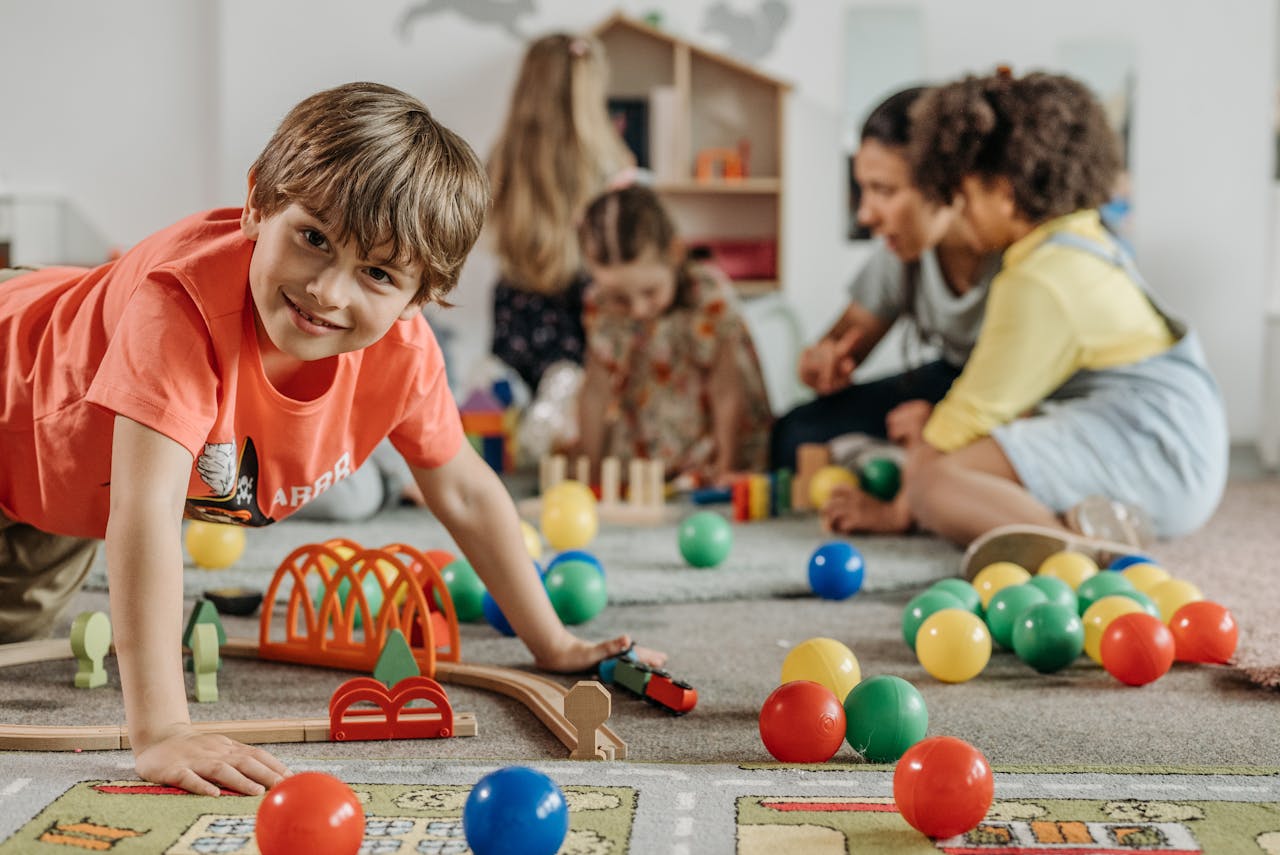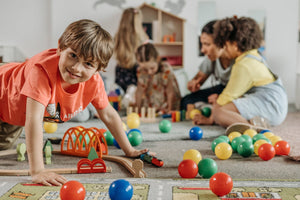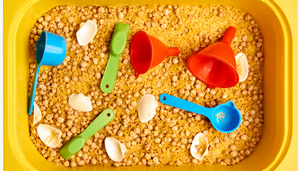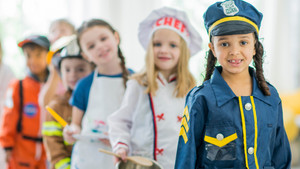Kindermark Kids Blog

Explore the Benefits of Bye-Bye Buggies in Childcare Environments
Discover the benefits of Bye-Bye Buggies and Buses for your childcare center. These durable, multi-passenger vehicles offer safe and efficient transportation for group outings, playtime, and more. Learn about the features and benefits of the 6-Seat and 4-Seat Buggies, and the 6-Passenger Bus with never-flat tires. Enhance your childcare environment with Kindermark Kids.
- Kindermark Kids

How to Keep Your Waiting Room Toys Safe & Clean
You can offer waiting room toys and maintain the safety and health of visitors and patients. Learn tips to keep waiting room toys clean and safe.
- Kindermark Kids

Engaging Sensory Activity Ideas By Age
Find engaging and fun sensory activity ideas for babies, toddlers, preschoolers, and older kids. Everyone can benefit from exciting sensory play!
- Kindermark Kids

4 Must-Have Classroom Storage Furniture Items
Learn which essential classroom storage furniture pieces to include in your school or facility that works perfect for teachers and children.
- Kindermark Kids

How to Keep Children Engaged in Dramatic Pretend Play
Learn tips to help children engage in more dramatic pretend play with peers using quality pretend play furniture.
- Kindermark Kids







